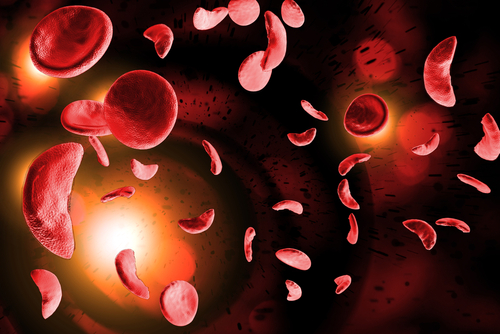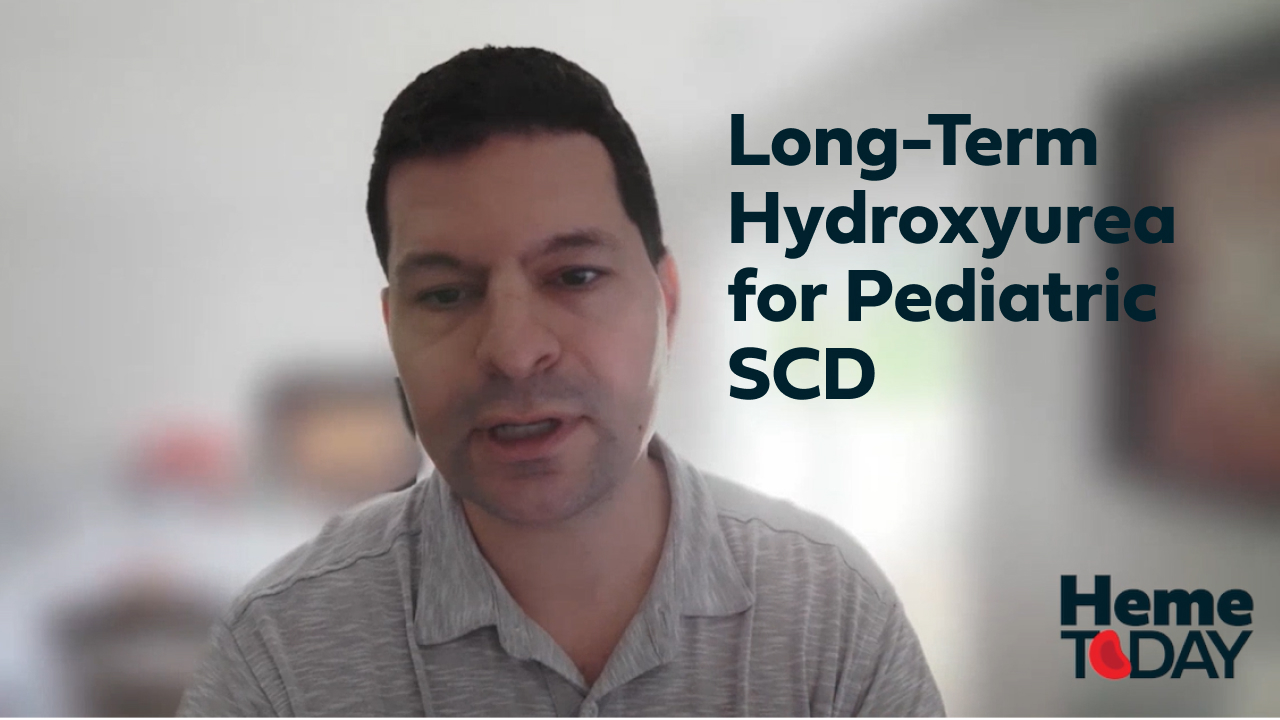
Stem cell gene therapy showed significant potential as a curative approach for the hereditary blood disorder sickle cell disease (SCD), according to a recent clinical trial published in the New England Journal of Medicine.
According to the study, elevated levels of fetal hemoglobin in red blood cells can mitigate the complications of SCD. Fetal hemoglobin, unlike its adult counterpart, does not polymerize and cause red blood cells to deform under hypoxic conditions.
“OTQ923, a clustered regularly interspaced short palindromic repeats (CRISPR)-Cas9-edited CD34+ hematopoietic stem- and progenitor-cell (HSPC) product, has a targeted disruption of the HBG1 and HBG2 (γ-globin) gene promoters that increases fetal hemoglobin expression in red-cell progeny,” investigators wrote.
The study employed a tiling CRISPR-Cas9 screen to target the HBG1 and HBG2 gene promoters in CD34+ HSPC product. Using this process, which involved 72 guide RNAs, they aimed to increase the expression of fetal hemoglobin-immunostaining erythroblasts (F cells) in erythroid-differentiated progeny. The guide RNA, gRNA-68, demonstrated the highest efficacy in elevating fetal hemoglobin levels and was chosen for further clinical development.
In preclinical tests, CRISPR-Cas9-edited CD34+ HSPC product, sourced from healthy donors and individuals with SCD, “sustained on-target editing with no off-target mutations and produced high levels of fetal hemoglobin after in vitro differentiation or xenotransplantation into immunodeficient mice.”
During the study, 3 patients who underwent myeloablative conditioning received autologous OTQ923, with a subsequent follow-up lasting 6 to 18 months. The results showed successful engraftment and consistent induction of fetal hemoglobin, constituting 19.0% to 26.8% of total hemoglobin, with fetal hemoglobin evenly distributed within red blood cells (F cells making up 69.7% to 87.8% of red cells). Importantly, the manifestations of SCD decreased over the follow-up period.
“CRISPR-Cas9 disruption of the HBG1 and HBG2 gene promoters was an effective strategy for induction of fetal hemoglobin,” investigators wrote. “Infusion of autologous OTQ923 into 3 participants with severe sickle cell disease resulted in sustained induction of red-cell fetal hemoglobin and clinical improvement in disease severity.”







 © 2025 Mashup Media, LLC, a Formedics Property. All Rights Reserved.
© 2025 Mashup Media, LLC, a Formedics Property. All Rights Reserved.